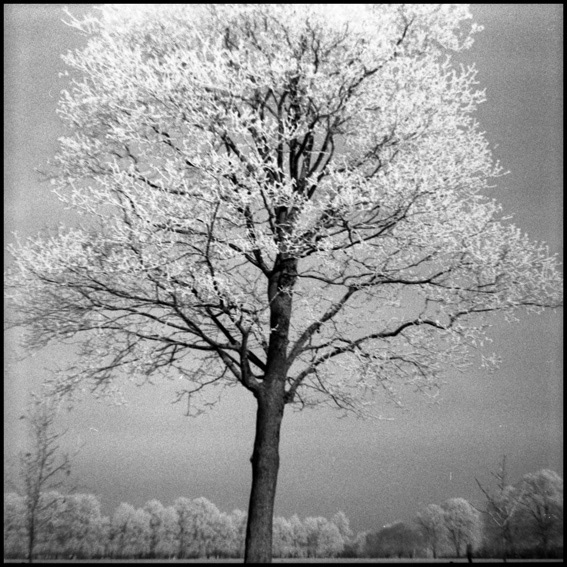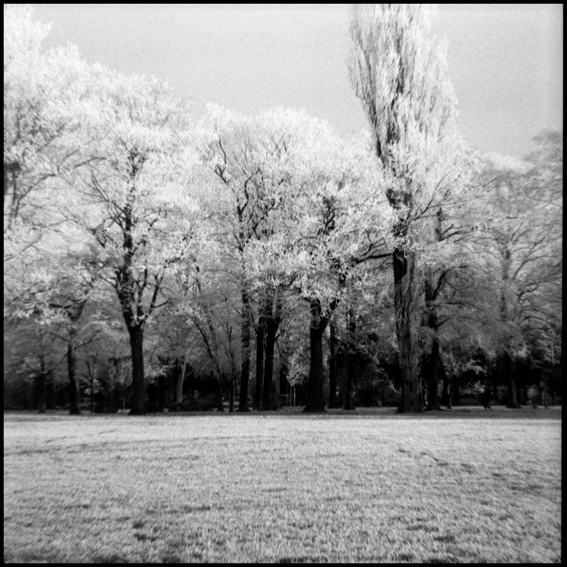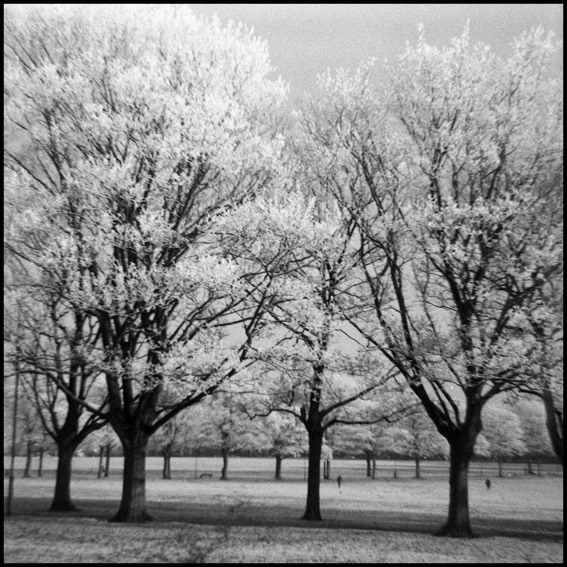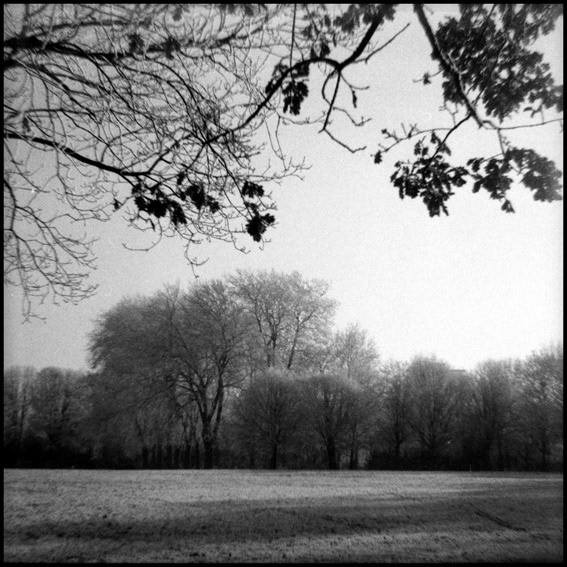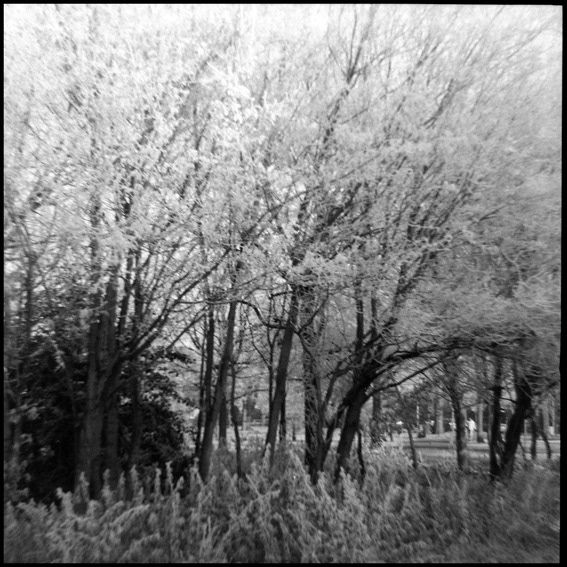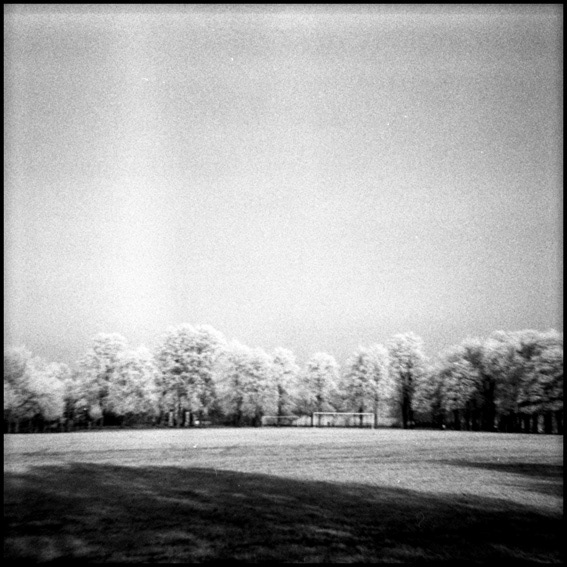The Rapier was produced by Birmingham based company Coronet Camera Company in the late 1950’s. The Coronet Camera Company, founded in 1926 by F.W. Pettifer, mostly produced budget priced box and folding cameras at the time the Rapier cost £1 14s.1d – about £1.70. The camera was distributed though mail order catalogues.
After the Second World War, the Coronet Camera Company joined with French company Tiranty of Paris, to avoid French import restrictions, these cameras usually have ‘Made in France’ on the face plate. The firm made all sorts of camera equipment, flash units, filters, even their own brand of film. Over all, the company made over 50 cameras. The company stopped production in 1967, but the factory still stands in Aston, Birmingham.
The Rapier has a Bakelite body with a flat metal back plate. It was mechanically based on the Coronet Consul (review coming soon) but had a 4×4 mask inside, which produced 16 images on a roll of 120 film. The shutter is syncronised for the Coro-Flash unit, which slotted into two holes on the side of the lens plate (visible in the main image above). The camera has two aperture settings, one for black and white film and one for colour film (Black and white film was a lot faster than colour film at the time).
B&W/Colour selector
I took this out, loaded with some FP4, on a cold frosty day during my lunch break at work. I found it a bit stiff and awkward to wind the film on, and the view finder was a little small, but it produced some great images – although I’m not fond of the 4×4 format. The negatives were a bit thin, maybe I needed to use a faster film, and they were also a little bit soft, but that could have been my hands shaking as it was jolly cold (note to self – get some fingerless gloves) I do like the simplicity of the camera, and the shape and style is nice too, I like the flat metallic back, very unusual for a camera this age. Overall, a nice little camera, simple to use, easy to load.
